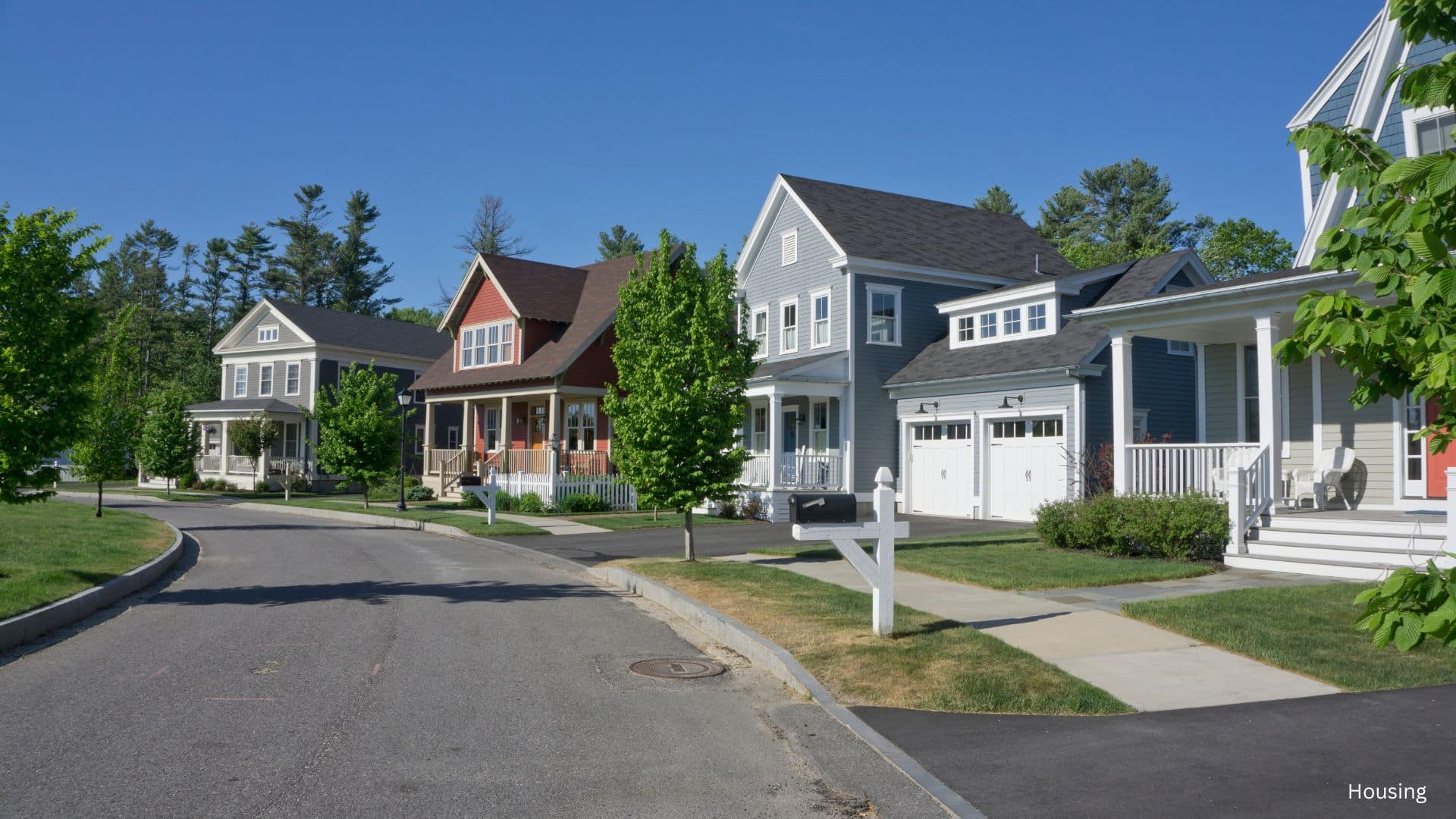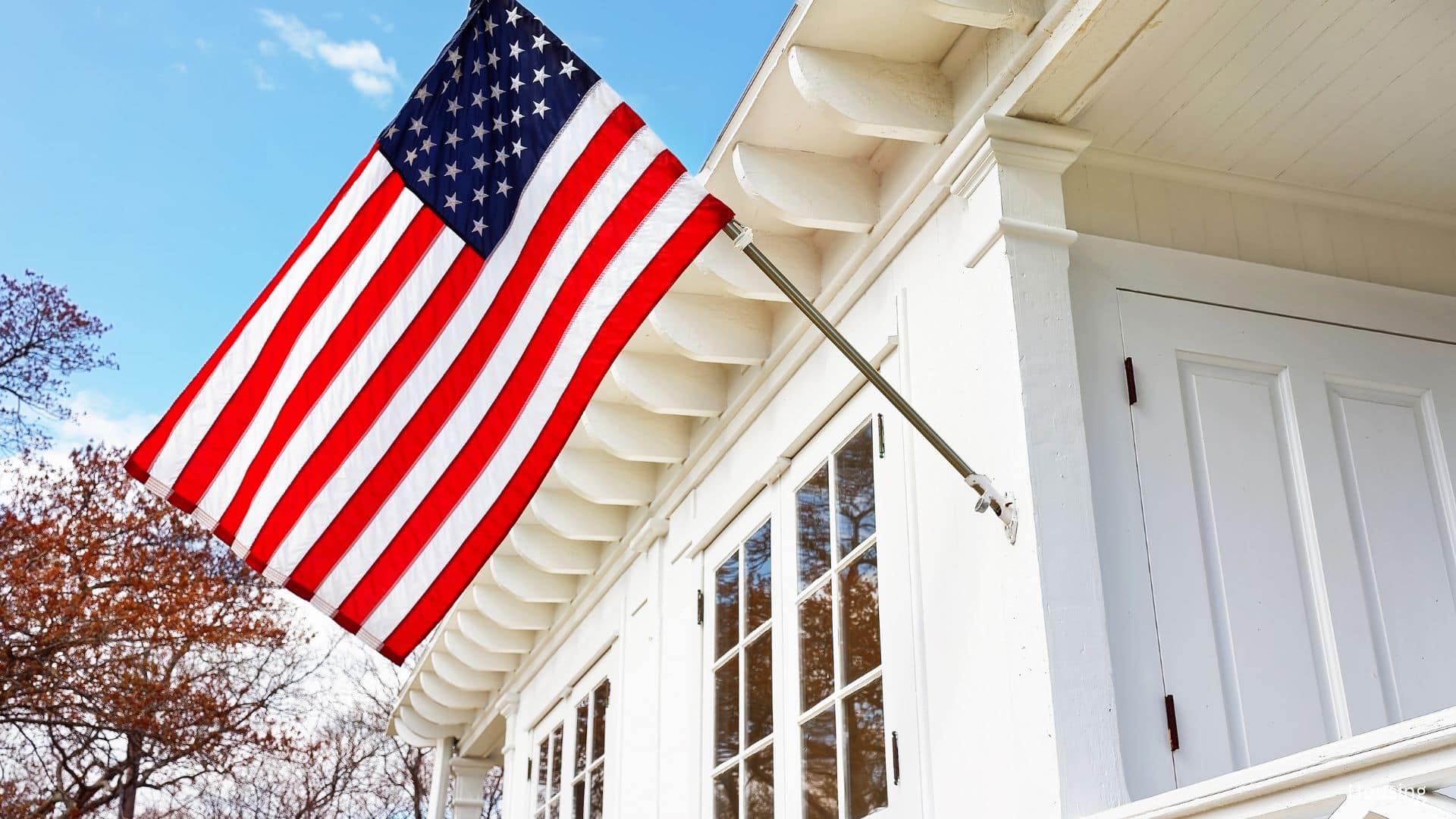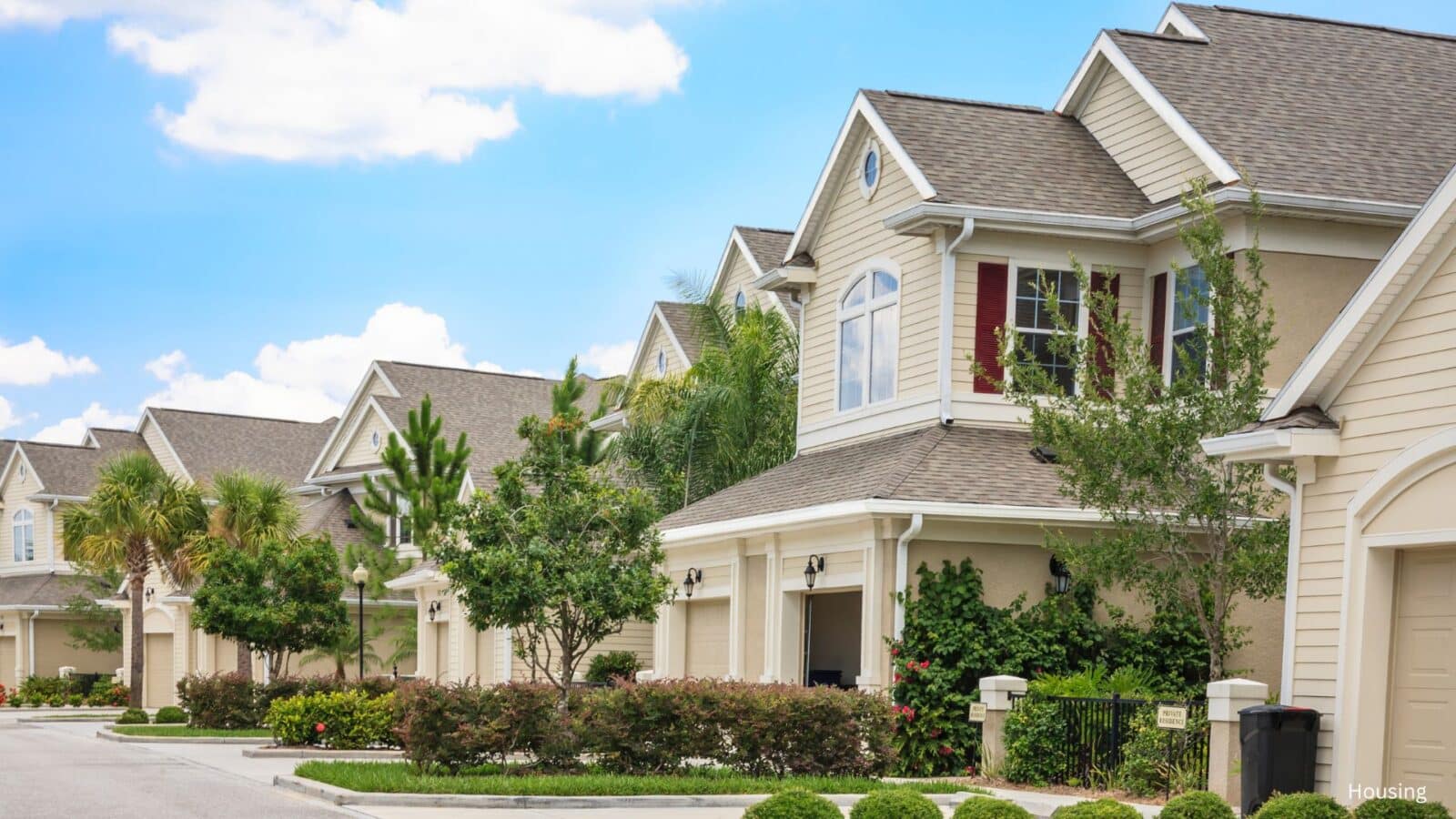JD Vance has stirred considerable debate over the housing crisis by suggesting immigrants are to blame for America’s skyrocketing housing costs. This claim, however, overlooks a core issue that is truly driving housing shortages and unaffordability: restrictive zoning laws and exclusionary policies. Vance’s statements reveal a common misconception, one that diverts attention from the real issues and stifles necessary reform.

JD Vance on the Housing Crisis
The Real Cause: Exclusionary Zoning and Housing Shortage
Contrary to Vance’s narrative, exclusionary zoning policies have played a central role in limiting housing availability. These outdated regulations were historically crafted to restrict certain groups, particularly people of color, from accessing specific neighborhoods. Today, these laws continue to impact housing by banning multi-family housing options and limiting land use, especially in high-demand areas. According to an article from Fast Company, zoning laws currently restrict housing production across 75% of residential land in the U.S., leaving the country millions of homes short.
Why the Blame on Immigrants Falls Short
Vance’s assertions about immigrants taking homes away from Americans fail to address the larger systemic issues behind the housing crisis. Blaming immigrants is not only a simplistic approach but also a divisive one that overlooks the economic and regulatory factors at play. When cities reserve land for single-family homes only, it pushes housing prices up by preventing the development of more affordable multi-family options. As a result, housing becomes out of reach for many middle- and low-income families, forcing them into longer commutes and overcrowded living situations.

How Zoning Laws Perpetuate the Crisis
Exclusionary zoning policies have created a scarcity of affordable housing, leading to rising costs and making it difficult for average Americans to find homes that meet their needs. Fast Company highlights how restrictive zoning limits the number of people who can live in desirable areas, where jobs and schools are often located, by preventing higher-density housing. This scarcity results in soaring property prices, pushing many to the outskirts or into poverty. Reforming these zoning laws to allow for “Missing Middle” housing, like duplexes and triplexes, could increase supply and reduce costs.
The Path Forward: Reform, Not Blame
Rather than pointing fingers at immigrants, the focus should shift toward policies that can genuinely improve housing availability and affordability. Pro-housing movements such as YIMBY (Yes In My Backyard) advocate for reforming zoning laws to allow more diverse housing options. Cities like Austin and Berkeley are already witnessing positive changes, with declining rent rates and lower homelessness figures after embracing more flexible housing policies. As Fast Company notes, these reforms are taking hold across the political spectrum, demonstrating that housing reform can be a bipartisan effort.

JD Vance’s stance on the housing crisis may attract attention, but it diverts focus from actionable solutions. The real issue lies in exclusionary zoning laws and policies that limit housing availability. By acknowledging this and pursuing comprehensive zoning reforms, America can create a housing market that serves all residents—without scapegoating immigrants. The solution to the housing crisis is not in creating divisions but in promoting housing abundance for all.
Related posts:
 Affordable Rental Provider Repays $710K to Arlington County
Affordable Rental Provider Repays $710K to Arlington County
 Northern Virginia Housing Market – March 2023
Northern Virginia Housing Market – March 2023
 Supply Skepticism: The Complex Puzzle in US Housing 2023
Supply Skepticism: The Complex Puzzle in US Housing 2023
 Mortgage Rates Drop Below 7%: A Ray of Hope for the Housing Market?
Mortgage Rates Drop Below 7%: A Ray of Hope for the Housing Market?
 Buffalo Housing Market: A 2024 Success Story of Growth and Affordability
Buffalo Housing Market: A 2024 Success Story of Growth and Affordability



